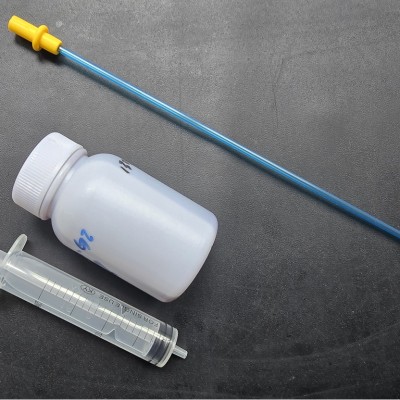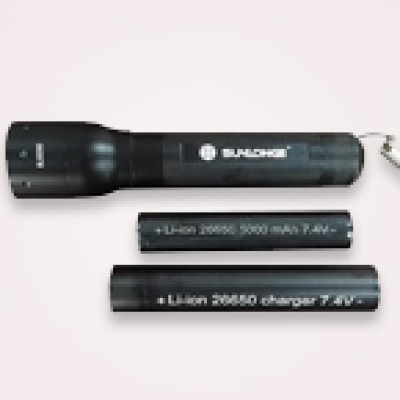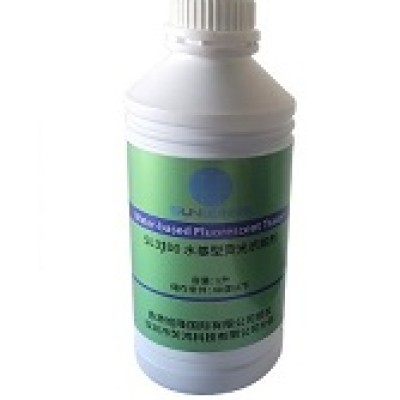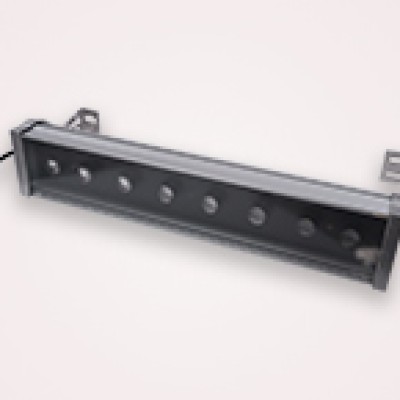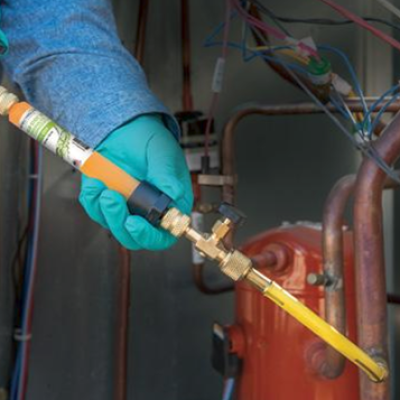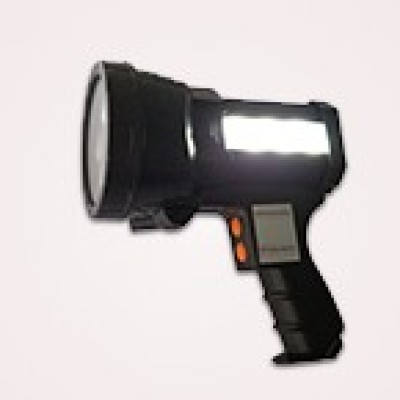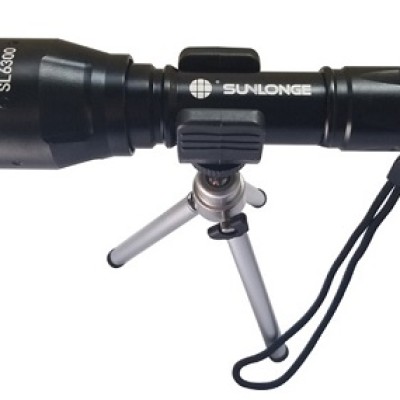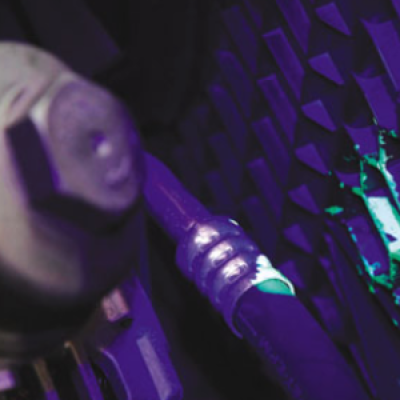Any production with machines, equipment will need the repairs. The maintenance technician often conduct different strategies to incorporate into maintenance plans to prevent problems from occurring. The preventive maintenance or corrective maintenance can be the typical method for the equipment maintenance. Each has the advantage and disadvantage.
The planed maintenance is beneficial for a company to safeguard against unexpected instances. Preventive maintenance is a proactive method to facility operation involving regularly scheduled inspections. The preventive maintenance is intended to increase equipment efficiency, reduce untimely failures and prolong equipment lifespan. This can consist of test, repair, and even replacements of components in critical conditions.

Regularly scheduled planned maintenance is an effective proactive solution to prevent hazards in the plant and protect workers. One disadvantage of preventive maintenance is the higher upfront cost to keep equipment well maintained. Additionally, it may not be the most suitable option for older, less critical assets were replacing it is better than repairs.
Corrective maintenance is performed when a breakdown occurs between scheduled preventive maintenance occurrences. Not to be confused with reactive maintenance, which is performed if a breakdown occurs because a maintenance strategy has not yet been put in place.
The goal of corrective maintenance is to maximize the effectiveness of all equipment, eliminate unnecessary repairs and minimize production downtime for those repairs.

Corrective maintenance is better for low operational expenses because it decreases shutting down production for unnecessary repairs or inspections. However, the disadvantage is that nothing is done until equipment performance issues arise. This unpredictability can then adversely cause interruptions to be longer than expected or create hazardous situations for workers.
Whether using preventive maintenance or corrective maintenance fluorescent leak detection can be a suitable solution for both.

Fluorescent leak detection is cost effective and extremely efficient for helping the equipment maintenance. With fluorescent UV dye added in the system and running for a while, the technician can detect all the leak types easily with a UV light. In addition, the fluorescent UV dye can circulate safely with the oil, decreasing the time it takes to locate the leak the an issue arises.
Fluorescent Leak detection can help detect degradation failure in its early stages and even delay transient or avoid catastrophic failure when used with planned or reactive maintenance. Protecting the equipment and the operation to recover and stay on track. It is a quick and cost-effective solution worth investing and to have on hand for a faster diagnosis.
 CN
CN

